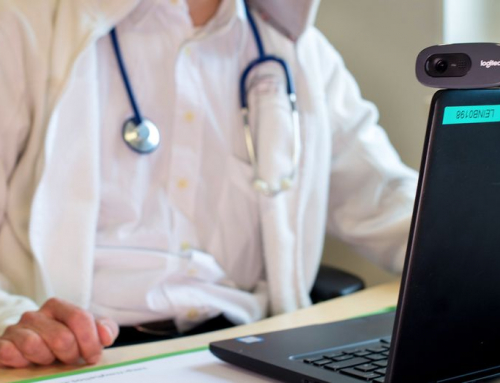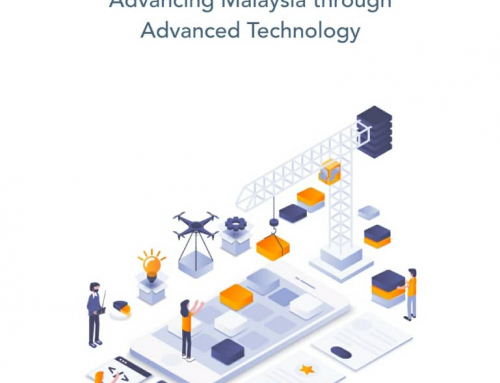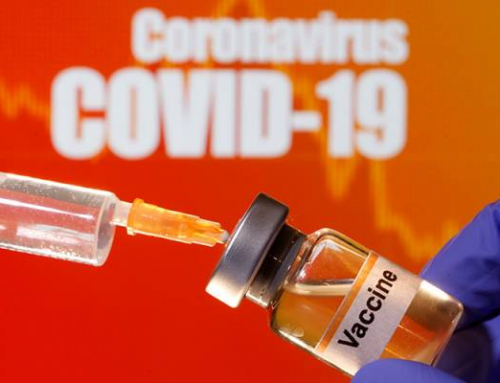- The worldwide increase in tourism has led to the development of medical tourism, with travel agencies offering traditional travel abroad combined with packaged medical or healthcare in private hospitals. Photo: AFP
There is active promotion of medical tourism by more than 50 governments, including Malaysia. The primary reason is that it is a growing source of foreign exchange.
MEDICAL tourism is a term commonly used to describe travelling abroad to obtain medical services.
It is often used synonymously with the term “health tourism”, which is a part of the same spectrum. The former implies that the individual involved is ill, unlike the latter, which implies that the person is well.
However, the boundary between illness and wellness may be unclear. An apparently well individual may travel abroad as a health tourist and end up as a medical tourist, consequent to findings from health screening or travel-associated injury.
Medical tourism is not new. Since the first millennium, the rich and powerful have visited mineral and hot springs, spas and sanatoria abroad for treatment of various ailments.
Health farms became popular in the 20th century, and recently, many sought more sophisticated medical care in developed countries in Europe, North America, Australasia and East Asia.
The worldwide increase in tourism has led to the development of medical tourism, with travel agencies offering traditional travel abroad combined with packaged medical or healthcare in private hospitals, and occasionally, private clinics.
Potential patients are advised where they should travel to, with organised travel arrangements, including communications with hospitals, clinics, doctors and transmission of medical records.
Planning a medical tourism trip is similar to planning a vacation.
Medical bazaar
There is active promotion of medical tourism by more than 50 governments. India, Thailand, Singapore, Hong Kong, China, Taiwan and South Korea are Malaysia’s biggest competitors. The primary reason is that it is a growing source of foreign exchange.
The growth of medical tourism has been in the number of patients and the complexities of the care provided. The estimated annual growth in Asia ranges from 20-30%. According to the Health Ministry, foreign patients increased from 393,000 in 2010 to 770,000 in 2013, with receipts of RM379 million and RM690 million respectively.
Medical tourism is not very different from the pasar malam, with various international healthcare providers offering services at prices that can be negotiated.
As transparency is often an issue, the aphorism “Let the buyer beware (Caveat emptor)” is appropriate.
Some of the issues of medical tourism are discussed below.
Quality of services
The current providers of medical tourism are the private sector.
Although there are no substantial technical differences, the public sector tends to lag behind the private sector in some areas, particularly in terms of waiting lists and the physical surroundings of hospitals.
There has been some debate about Malaysia’s dual healthcare delivery system, especially with regard to equality of access and provision of quality healthcare services to locals.
When foreigners avail themselves of these services, often in a lavish setting, concerns are inevitable.
It is generally accepted that those who are better-off, whether local or foreign, can siphon the resources, attention and healthcare professionals, leading to better quality care for the better off. It becomes unpalatable when foreigners get high quality care, and citizens, the leftovers.
Public pays
The Malaysia Healthcare Travel Council, which promotes medical tourism, is funded by tax payers. Private hospitals do not contribute to its expenditure.
Revenues from medical tourism are not fed back into public sector. They go into the coffers of the private hospitals and are distributed as dividends to shareholders.
Tax payers pay for or subsidise the training of the majority of health professionals. A flood of foreign medical tourists will divert money and expertise from the public sector, which are already overwhelmed in some cities, in an internal brain drain to the private sector.
When the skills of highly trained health professionals are utilised for medical tourists, it cannot sit well with tax payers.
Although there is no published data from Malaysia, Anchana NaRanong & Viroj NaRanong in Thailand (The effects of medical tourism: Thailand’s experience. Bulletin of the World Health Organization 2011;89:336-344) reported adverse effects, as evidenced by both a shortage of physicians and by increased medical fees for self-paying Thais, which undermine their access to quality medical services.
There are similar reports from India (SS Rose Mary. Medical tourism in India – its strengths, weakness, opportunities and threats. IRMJCR January 2014;119).
The attitudes of physicians are of concern too. Imrana Qadeer and Sunita Reddy (Medical tourism in India: perceptions of physicians in tertiary care hospitals. Philosophy, Ethics, and Humanities in Medicine 2013, 8:20) reported that “10% in the private sector expressed reservations towards medical tourism while the rest demanded state subsidies… The disconnect between their concern for the common man and professional views on medical tourism was due to the lack of appreciation of the continuum between commercialisation, the denial of resources to public hospitals and shift of subsidies to the private sector.”
Questionable practices
There are vexing issues in organ transplantation and assisted reproduction involving religion, morals, ethics and culture.
An unsavoury practice is the trade in human organs (usually kidneys), with exploitation of the vulnerable who are tricked or coerced into parting with their body parts. Although most governments have stepped in, the practice continues in some countries.
Nancy Scheper-Hughes, the founder and director of Organ Watch, who wrote on the international trade of organs in The ends of the body, stated “the problem with markets is that they reduce everything, including human beings, their labour, and their reproductive capacity, to the status of commodities”.
Reproductive tourism, which involves travelling abroad for assisted reproduction, e.g. in-vitro fertilisation, surrogate pregnancy and freezing of embryos, is more difficult to regulate. Weak or no regulation have enormous implications for reproductive rights and women’s health.
It could be argued by proponents that the local situation is different from that in India and Thailand.
However, only the cavalier would attempt to provide an iota of assurance that the public will be spared the ill effects of medical tourism.
Medical tourism is driven solely by economic considerations and without the benefit of internationally accepted standards, governmental regulation or ethics reviews.
Although there is global convergence of medical practice, there is almost complete absence of similar agreements on core issues, especially oversight, care provision, ethics and legal recourse.
Evidence of health system benefits from medical tourism have yet to emerge, unlike the damages which are becoming apparent in some countries.
As such, economic considerations cannot be permitted to be the primary driver of medical tourism. Considerations of care, legal and ethics matters are just as, if not more, important.
Governmental regulation and oversight are the only brakes that can be applied to this global economic engine. But is there political will when economic imperatives are so dominant?
Stakeholders’ involvement, in this respect, is crucial to assure a win-win situation for the public. To do otherwise would court unnecessary tension that would be detrimental to the public interest.
Dr Milton Lum is a member of the board of Medical Defence Malaysia. The views expressed do not represent that of any organisation the writer is associated with. The information provided is for educational and communication purposes only and it should not be construed as personal medical advice. Information published in this article is not intended to replace, supplant or augment a consultation with a health professional regarding the reader’s own medical care. The Star disclaims all responsibility for any losses, damage to property or personal injury suffered directly or indirectly from reliance on such information.






